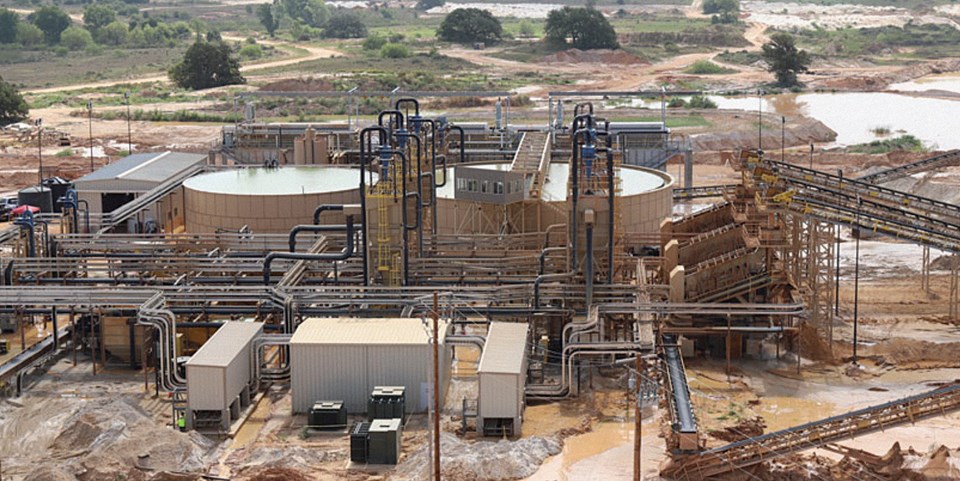The United States remains a leader in fracking. However, according to the 2018 BP Energy Outlook, while the U.S. will continue to lead production of shale gas, it will not be as significant in exports due to its own high consumption needs. U.S. oil and gas production is projected to increase to about 18 percent of global production by 2040, up from 12 percent in 2016. U.S. oil and gas exports, however, are projected to only make up about nine percent of the global market by 2040.
The techniques developed in the U.S. to fracture shale for the purpose of extracting oil and gas are the foundation of the success of the U.S. economy in the last decade. The developers have continually reduced costs with new techniques such as horizontal drilling. The transport of sand with the correct fracking features from Wisconsin and Minnesota to West Texas has been very costly.
One of the most recent cost reductions is to manufacture high quality sand from the lower quality resources available in the region. This has resulted in a big valve market. There are three main processes using these components:
• Wet sand plants
• Dry sand plants
• Transload facilities
The challenge for designers of wetsand plants is that both the parameters of the incoming sand and the proppant end use change continually. Water use has to be integrated with the changing production needs. Valves are used with excavation of the sand through the wet sand separation process. Wet processing typically begins with either a horizontal or inclined primary vibratory screen. After exiting the screening process, hydrated sand in slurry form enters a sump and pump arrangement. Dewatering includes thickeners and filter presses. Lots of valves are needed for all the pipe connections.
The sand then is dried in a process where a number of valves and dampers are used for both the sand and the exhaust air for the drying system. In addition to major process requirements there are small ones such as valves for chemical injection and continuous emissions monitoring systems.
There is widespread use of rotary airlock valves in transload facilities. Railcars have to be connected to the facility to unload sand. Trucks then must be connected to remove the stored sand. Some facilities are designed to supply sand for 400 trucks per day.
The market for valves for fracking sand will continue to grow robustly in the U.S. The market is just developing in Argentina and China. The future looks very bright for sale of these components in many countries around the world.
Butterfly Valve Courtesy of IAC
Rotary Airlock Valve Courtesy IAC
About the Author
Robert McIlvaine is the CEO of the McIlvaine Company which publishes Industrial Valves: World Markets. He was a pollution control company executive prior to 1974 when he founded the present company. He oversees a staff of 30 people in the U.S. and China.


